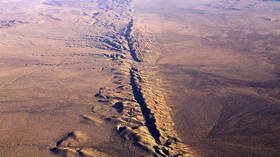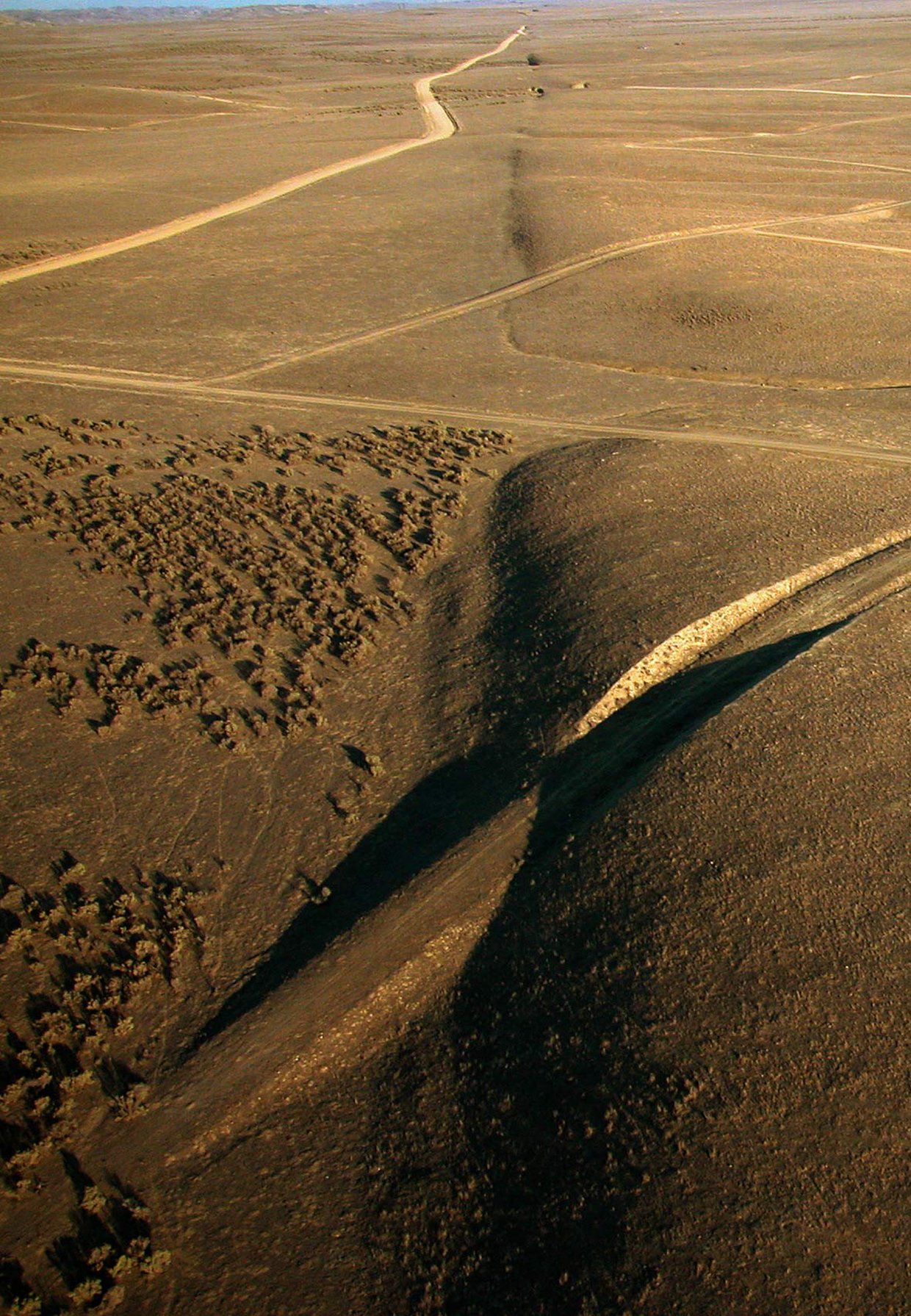Unexplained rock-melting forces buried deep underground cause powerful quakes along infamous San Andreas fault

Mysterious rock-melting forces buried much deeper below the Earth’s crust than previously believed are the impetus for earthquakes along a notorious segment of the San Andreas fault in California, according to new research.
Experts in earthquake physics took a bottom-up approach to figuring out the cause of tremors along the infamous continental fault that runs through the Golden State. Along a particularly troublesome section of the fault they found that excitations buried much deeper than where quakes are typically monitored were the cause of major instabilities that provoke earthquakes.
“Most of California seismicity originates from the first 10 miles of the crust, but some tremors on the San Andreas Fault take place much deeper,” explained researcher Professor Sylvain Barbot, from the University of Southern California.

“Why and how this happens is largely unknown. We show that a deep section of the San Andreas Fault breaks frequently and melts the host rocks, generating these anomalous seismic waves,” Barbot added.
The research marks a significant breakthrough in understanding how earthquakes occur. The scientists discovered that in the aftermath of a big quake the tectonic plates that collide along the fault enter a period of relative calm, gliding past each other without creating fuss. However, trouble is brewing, as this interaction generates heat due to friction.
Also on rt.com Swarm of subsea quakes near San Andreas fault reignites doomsday prophecies, fears of impending ‘Big One’The friction causes the temperature to skyrocket and the enormous blocks of rock become more fluid. This creates a vicious cycle as the increased fluidity leads to more sliding and more friction. Before long the blocks are sliding past each other rapidly and an earthquake is triggered.
“Just like rubbing our hands together in cold weather to heat them up, faults heat up when they slide. The fault movements can be caused by large changes in temperature,” Barbot said. “This can create a positive feedback that makes them slide even faster, eventually generating an earthquake.”
Like this story? Share it with a friend!













